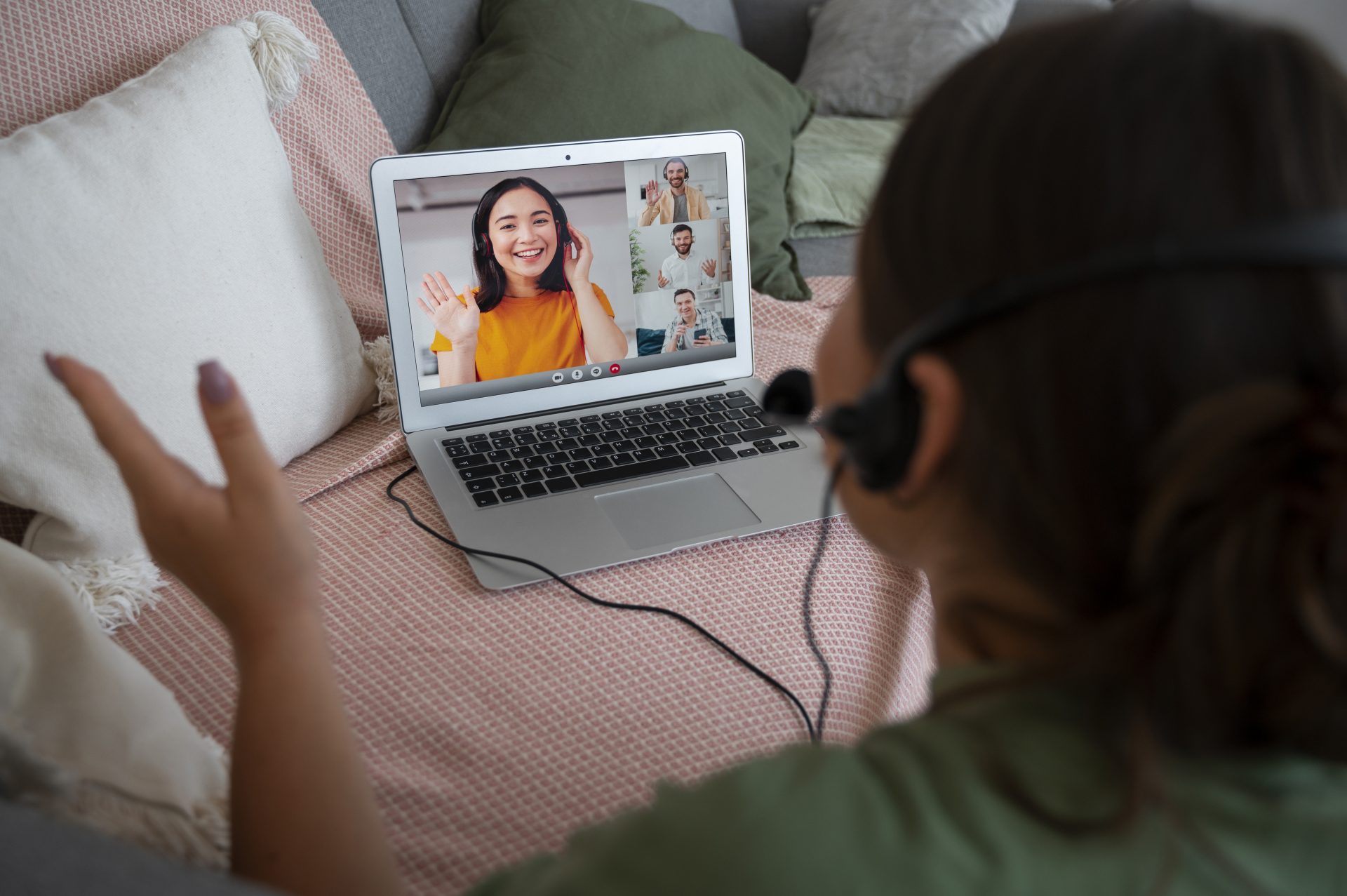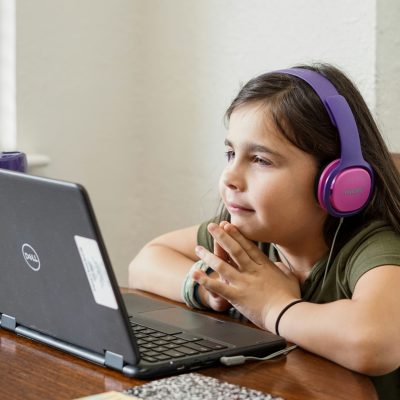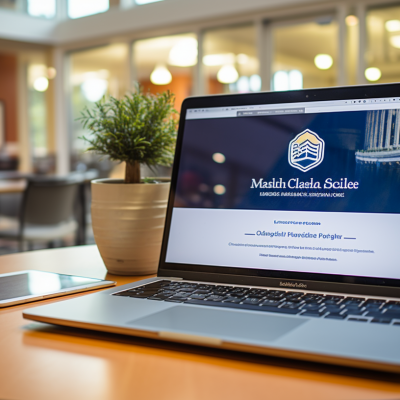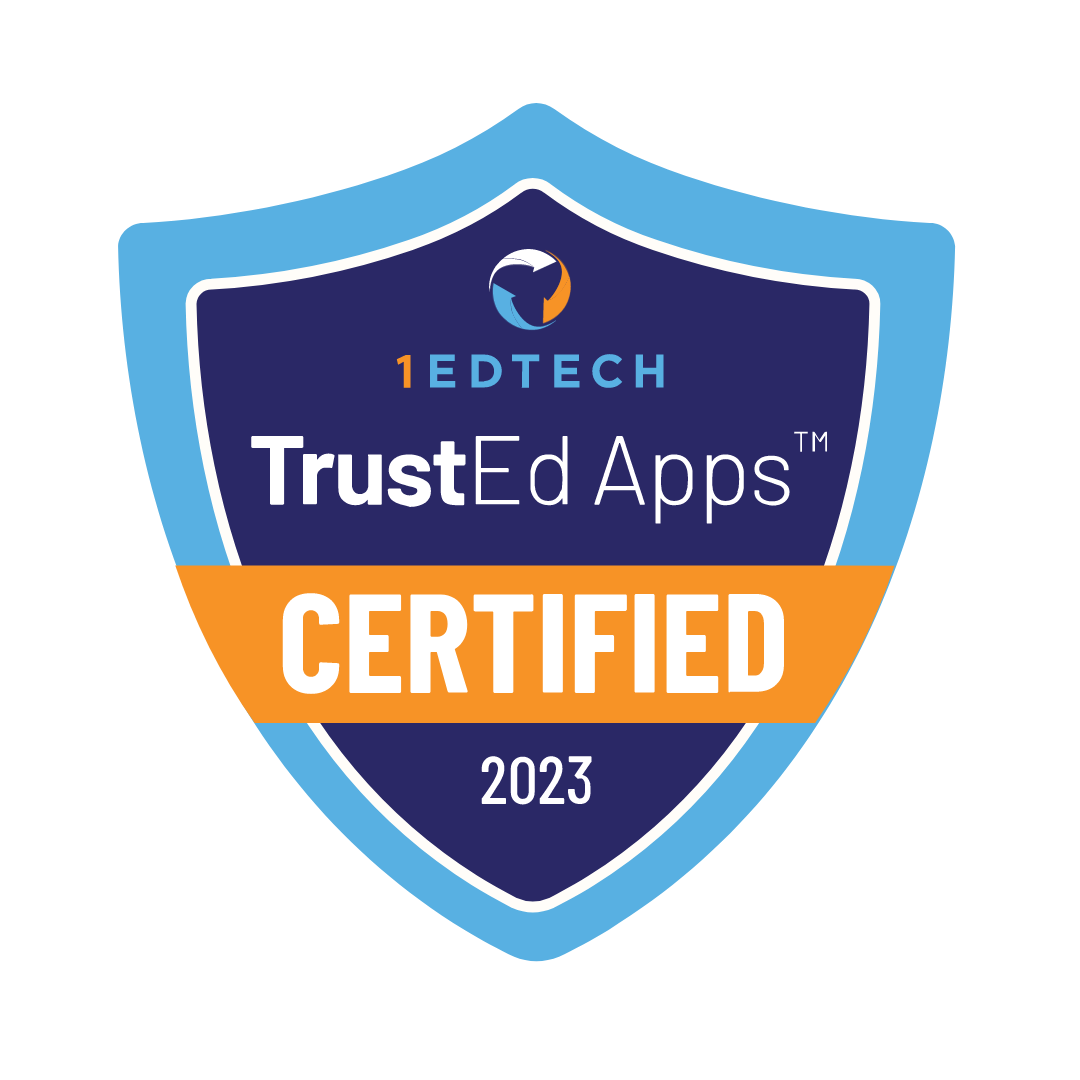Virtual learning is a new way of teaching and learning, but it is not without its challenges. The ability to learn from anywhere makes education more accessible. However, technological barriers can limit this advantage. Some students do not have high-speed internet or the right devices, making online education challenging. However, these challenges are not insurmountable. With careful planning and resource allocation, we can conquer them as well. Now let’s look at these challenges in detail.
Virtual learning in schools provides flexibility, personalized pacing, and access to a wide range of educational resources. Schools can effectively implement virtual learning by providing online training for teachers, providing robust digital curricula, and creating a supportive online learning environment for students.
İçindekiler
Challenges of Virtual Learning

As schools moved to virtual learning, new technological barriers emerged. Many students and teachers faced some challenges. Namely, Internet access, hardware and software. Limited access to high-speed Internet and related devices can significantly hinder learning. Imagine trying to focus on your instructor’s explanations during class and your video keeps freezing or you get disconnected from class due to a poor internet connection. This can be incredibly frustrating for students and for instructors.
Inequality in access to technology is growing, while virtual learning continues to play a critical role in education. Students from low-income families have difficulty accessing reliable internet and the devices they need to study. This digital divide exacerbates educational disparities. And it often puts some students at a distinct disadvantage compared to their peers. It is crucial for educators and policymakers to address these inequalities. This will help ensure that all students have an equal opportunity to succeed.
In addition to technological barriers, one of the major challenges of virtual learning is the impact on social interaction and engagement. The long hours students spend in front of screens often lead to feelings of isolation. As well as reduced interaction with peers. Lack of face-to-face interaction can affect students’ overall learning experience and social development. Without the physical presence of classmates and teachers, students may miss crucial opportunities for collaboration, discussion, and the development of interpersonal skills.
It is especially important to consider the implications for younger students who are still developing their social skills. For them, talking with peers is not just about learning. It’s also about building relationships and understanding social cues. The lack of regular social interaction during virtual learning can be a problem in terms of holistic development.
Imagine a high school student who was eagerly participating in group discussions and sporting events. Suddenly they feel isolated. They are cut off from their friends and stuck with virtual socializing. Such experiences can have a negative impact on mental health and sense of belonging in the school community.
These challenges posed by technological barriers and reduced social interaction highlight significant areas of concern as schools continue to navigate the landscape of virtual learning. Solving these challenges is key. It ensures that virtual education stays effective and inclusive for all students.
Navigating these complexities…
Embracing Technology in Virtual Education

Today’s digital world is fast-paced. The use of technology in virtual education is becoming more important. It is about improving the overall educational experience by integrating the latest tools and resources. One way to accomplish this goal is through interactive tools. They are the ones that can dramatically change audience engagement and learning outcomes.
Integration of Interactive Tools
Virtual whiteboards, educational applications and video conferencing platforms are key components. They make learning more interactive and engaging for learners. Virtual whiteboards are an innovative platform for collaborative brainstorming. They allow you to make visual demonstrations. Then of course there is the real-time feedback. Educational apps offer a dynamic range of learning resources. These include everything from interactive quizzes to immersive simulations that enrich students’ understanding of various subjects. In addition, video conferencing platforms provide seamless communication between teachers and students. This greatly enhances the sense of community and allows real-time interaction. Even in the presence of physical distance.
Imagine a virtual science lesson. Students use a virtual whiteboard to draw and label the different parts of a cell together. Or students engage in a live discussion about complex scientific concepts using a video conferencing platform. By adding these tools, teachers can create a virtual classroom. It will replicate the dynamics of face-to-face learning.
Professional Development for Educators
In order to effectively unlock the potential of these digital tools, professional development for educators is essential. Teachers should receive appropriate training. The training will help teachers use digital tools and platforms in teaching. It will also help them make dynamic virtual classrooms. Classrooms that promote active student participation and experiential learning.
Professional development programs equip educators with the necessary skills. They are essential for integrating new technologies into teaching methodologies, to accommodate different learning styles. By staying abreast of the latest trends in edtech, teachers can find new ways to teach well. Thereby increasing student engagement in the virtual environment.
Take, for example, a teacher of English literature. He attended a professional development course on the use of immersive storytelling apps. All to bring classic novels to life for his students. Through this training, the teacher gains expertise in creating an interactive reading experience. Such experiences capture the imagination of the students. And as a result promotes a better understanding and appreciation of literature.
By investing in ongoing professional development and using digital tools, teachers can confidently adapt. They can adapt to the changing world of virtual education. They will also be able to empower students and enrich their learning experience.
Interactive tools are easy to integrate. Continuous development of educators is key. It provides a solid foundation for harnessing the transformative potential of technology in virtual education. This forward-looking approach increases student engagement. It also gives educators the skills to navigate and excel in modern education.
As we explore virtual learning, let’s shift to looking at its benefits and downsides. This will ensure a full understanding of this changing education style.
Potential Benefits and Downsides of Virtual Learning

Virtual learning offers many benefits for students, teachers, and families. One of the most significant is the flexibility it provides. Students can access lessons anytime and anywhere. This allows for a personalized pace of learning that suits their needs. This customization can be helpful for students who have other responsibilities outside of school. For example, a part-time job or family commitments.
And also virtual learning opens up a huge range of diverse learning resources. Students can explore interactive simulations, videos, and online libraries. These tools may not be available in traditional classrooms. Exposure to many learning materials improves their understanding of complex concepts. It also stirs their curiosity. Virtual learning platforms can accommodate different learning styles. So that each student has the opportunity to engage with the material in a way that suits them.
Avantajlar
Flexibility – Access lessons anytime, anywhere
Personalized learning pace – Matching to individual student needs
Diverse learning resources – Interactive simulations, videos, online libraries
Appropriate for different learning styles – Ensuring engagement for all learners
Moreover, virtual learning environments can serve as a safe space for students. Especially if students face bullying or other social issues in a regular school. By providing a more controlled digital space, these platforms offer alternative educational opportunities. In prioritizing this, we focus on the well-being of students.
Now, let’s address the potential downsides associated with virtual learning.
Downsides
It is true that virtual learning also comes with a number of challenges. And they require careful consideration. For example, one notable drawback is the limited social interaction of students in the online environment. The traditional classroom fosters peer relationships and collaborative activities. Undoubtedly these are fundamental to social development. In contrast, virtual learning can lead to isolation. It can also hinder the natural growth of social skills.
The home environment during virtual learning can distract students. From television and video games to household chores. The likelihood of interrupting learning is very high.
Imagine trying to concentrate on an important online lesson. Meanwhile, your younger brother or sister is playing loudly nearby – it’s not easy! These factors emphasize the importance of self-discipline and time management skills in a virtual learning environment. Those skills that may be more challenging for some students than others.
In the end, virtual learning has many benefits. But, it also requires educators and families to fix its problems. To create a balanced and effective educational experience.
Utilizing Platforms for Virtual Education

Using the right platforms in virtual education is crucial. It is essential for creating a smooth and rich learning experience. Many tools are available. They serve different purposes, from managing classroom materials to real-time interaction between instructors and students. Here are a few of the major platforms that play a key role in virtual education today:
Öğrenme Yönetim Sistemleri (LMS)
Learning management systems such as Google Classroom, Canvas, and Schoology provide a centralized hub for organizing learning materials. They are used to communicate with students and assign assignments. Think of it as a digital classroom. In such a class, students can access resources. They can turn in assignments, take tests, and join discussions. And all within one platform.
These systems simplify the learning process. They create a structured environment for both instructors and students. Instructors can upload lecture notes, videos, and reading materials, as well as track student progress and performance. Students can easily access course materials. So can participate in collaborative activities and communicate with their peers and faculty.
Using an LMS not only promotes organization and efficiency, but also allows instructors to accommodate different learning styles. This is all thanks to the various multimedia materials and interactive features.
Video Conferencing Tools
In addition to LMS, video conferencing tools such as Zoom, Microsoft Teams, and Google Meet play a pivotal role in virtual education by enabling real-time interaction between teachers and students. These apps create live engagement in the online classroom. They let educators run synchronous lessons, host virtual office hours, and lead group discussions.
Through video conferencing tools, educators can deliver dynamic lectures, lead interactive Q&A sessions, and provide personalized support to students. Furthermore, these platforms foster connection in the virtual world. They do this by enabling face-to-face communication, albeit virtually.
For instance, students can ask questions in real-time during a virtual lecture or participate in group projects through breakout rooms. This engagement helps bridge the gap between physical and virtual classrooms. It does this by fostering collaboration and active participation among students.
As we explore these platforms more, it becomes clear that their seamless integration improves the virtual learning experience for both educators and students.
We’ve covered the key virtual education platforms and their impact on learning. Now let’s look at the innovations driving virtual education forward.
Innovations Propel Virtual Education Forward
Virtual Reality (VR) and Augmented Reality (AR) have fundamentally changed how students interact with educational content. Students can enter the human body to explore its complex systems. They can also see historical events unfold in front of them. These technologies offer immersive learning experiences. They give students the chance to engage with complex concepts in new ways.
From engineering and biology to history and art, VR and AR bring a whole new dimension to education. With VR headsets, students can “visit” ancient civilizations. They can also experience outer space or delve into the depths of the ocean. And they can do it all without leaving the classroom. Similarly, AR overlays digital information onto the real world, allowing students to examine 3D models or historical artifacts as if they were right in front of them. These technologies remove physical barriers. They also expand what can be learned and experienced in a virtual setting.
For example, in a biology class, instead of just studying a diagram of a cell on paper, students can put on VR goggles. They can then travel inside a cell to see its structures up close. In history classes, AR can bring historical artifacts to life right in front of the students’ eyes, creating an incredibly rich and interactive learning experience.
But it’s not just about immersive experiences; adaptive learning platforms are also revolutionizing virtual education.
Adaptive Learning Platforms

Artificial Intelligence (AI) is reshaping online education through adaptive learning platforms. These platforms use AI algorithms. They customize educational content for each student based on their performance and preferences. Each student gets personalized instruction. It is tailored to their unique pace and style. This system enhances virtual education by focusing on each student’s strengths and fixing their weaknesses.
Instead of a one-size-fits-all approach, these platforms meet students where they are, providing additional support in areas where they struggle while challenging them in areas where they excel. This level of customization creates a highly engaging and effective learning environment.
These adaptive learning platforms are great because they can continuously analyze data and make real-time adjustments. This ensures that students always get content relevant to their current learning stage. The platforms can identify patterns in the way each student learns and adapt accordingly, providing a truly personalized educational experience.
Imagine a math program that identifies when a student struggles with division but excels at multiplication. It then adjusts the lesson plan to reinforce division and to offer extra challenges in multiplication. These challenges are not too hard for the student.
The merging of VR/AR tech and the power of AI-driven adaptive learning has brought a new era for virtual education. It has brought improved engagement, personalized teaching, and groundbreaking experiences for students worldwide.
Incorporating such innovative tools has significantly transformed the landscape of virtual learning.
Legacy Online School'da çocuğunuzun gelecekteki başarısı bizim öncelikli hedefimizdir. Bizi ziyaret edin web sitesi Legacy çevrimiçi okulundaki birçok fırsatı keşfetmek için.
Legacy çevrimiçi okul programlarına göz atın:
Legacy Online School'un ilköğretim okulu program çıtayı yükseltiyor. Bu kaliteli bir eğitimdir. Merakı ateşlemek için çalışıyoruz. Ayrıca yaratıcılığı teşvik etmeye çalışıyoruz. Güçlü bir müfredat sunuyoruz. Bu konuda bize nitelikli eğitimciler yardımcı oluyor.
Legacy Online Ortaokulu dijital eğitim sağlar. Ortaokul öğrencileri için tasarlanmıştır. Okul, sertifikalı öğretmenler tarafından verilen canlı çevrimiçi dersler sunmaktan gurur duymaktadır. Sınıflar çevrimiçi ve etkileşimlidir.
Legacy Online Lisesi lise öğrencileri için özenle tasarlanmış benzersiz bir çevrimiçi öğrenme yöntemidir. Eşzamanlı öğrenmeyi, çok çeşitli pedagojik yöntemleri ve erişilebilirliğe yapılan vurguyu bir araya getirir.
Legacy çevrimiçi okulu en iyisini sunar müfredat
Titiz müfredatımız, mezunların dünyanın dört bir yanındaki üniversitelere ve iş yerlerine iyi bir şekilde hazırlanmasını sağlar. Ayrıca, canlı sanal kulüplerimiz dünyanın dört bir yanındaki öğrencileri birbirine bağlamaktadır.






